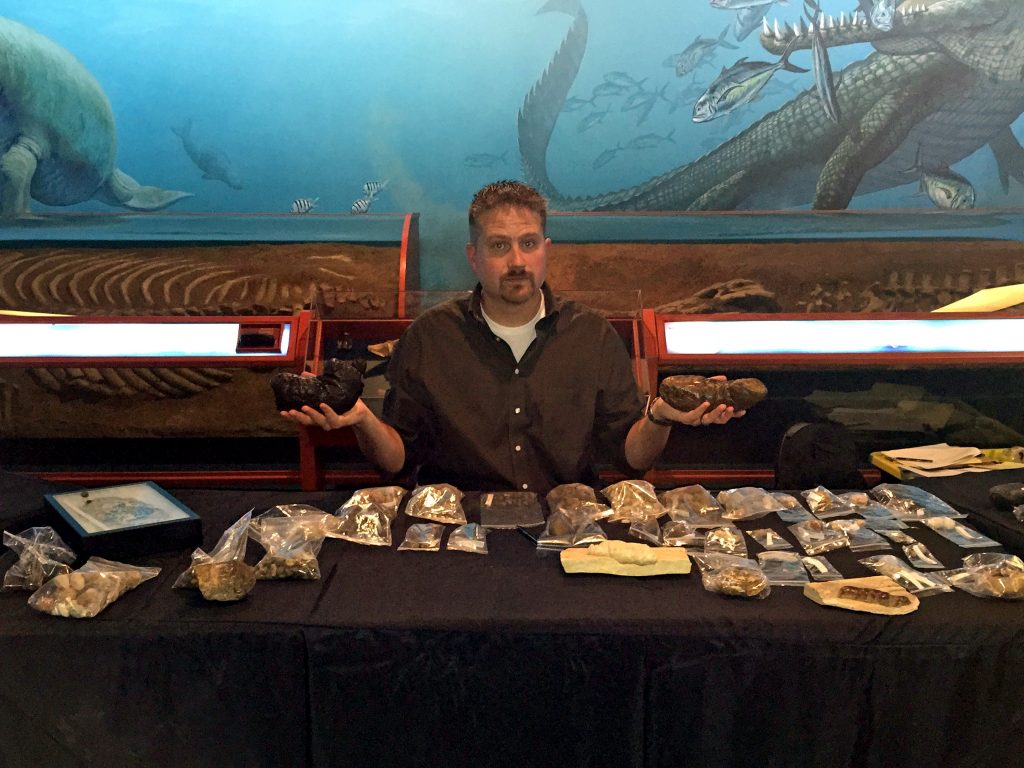The Poop Collector
We all have different hobbies. Some of us like to play golf, others enjoy cooking, still others write trivia email newsletters. Some hobbies are mundane, but some are weird. Take, for example, a Florida man named George Frandsen. He collects something called coprolite — or, to use Merriam-Webster’s definition, “fossilized excrement.” Basically: Frandsen collects really old pieces of poop — poop specimens that have been preserved over millions of years and are now considered fossils.
And he has a lot of poop. A record-setting amount, in fact. His collection is at 1,277 pieces as of November 2016 — that’s when the Guinness Book of World Records acknowledged his achievement. The poop samples come from 15 different states and eight countries, the sum total of half a lifetime of work. Frandsen, now 36 or 37 years old, started on this endeavor as a college student — he earned a degree in anthropology but studied some paleontology as well — and found himself fascinated by an area which most of us would find downright disgusting. Here he is, below (via), holding is two largest finds:

But, to each their own. And to his credit, Frandsen makes a good case for why coprolite is fascinating — it’s incredibly rare. He explained to Inverse:
A very unique set of circumstances lead a poo to get fossilized. You have to have a critter, a prehistoric critter of some kind, that does its normal thing, and the turd either has to fall into sediment and be quickly covered by mud or silt, water,” he said. The key is that the poo is kept away from elements that would disintegrate it, including scavenging animals and weather. Think of how rare it is even for bones and teeth to be preserved through the ages; in this way, poo that stays intact long enough to become a fossil is much more rare and special.
If you want to check out his collection, you can — he operates something called the Poozeum (“#1 For Fossilized #2,” it brags), an online repository of his discoveries, and yes, it has lots of pictures of very old dung. On occasion, he also has the poop on display at the South Florida Museum in his hometown of Bradenton, if you want to see them in person. Don’t worry — as Smithsonian notes, you won’t need to hold your breath. Over the thousands if not millions of years, “the feces has mineralized, meaning it no longer smells and is similar to poo-shaped rocks.”
Bonus fact: The Apollo 11 program sent the first humans to the moon, but not everything came back. The New Mexico State University Lunar Legacy Project catalogs a list of the stuff Neil Armstrong, Buzz Aldrin, and Michael Collins left behind. Among the list: four defecation collection devices. (Perhaps explorers of the future will collect fossilized, lunar human poo.)
From the Archives: The Tropical Toilets We Love to Visit: The beaches made of fish poop.
